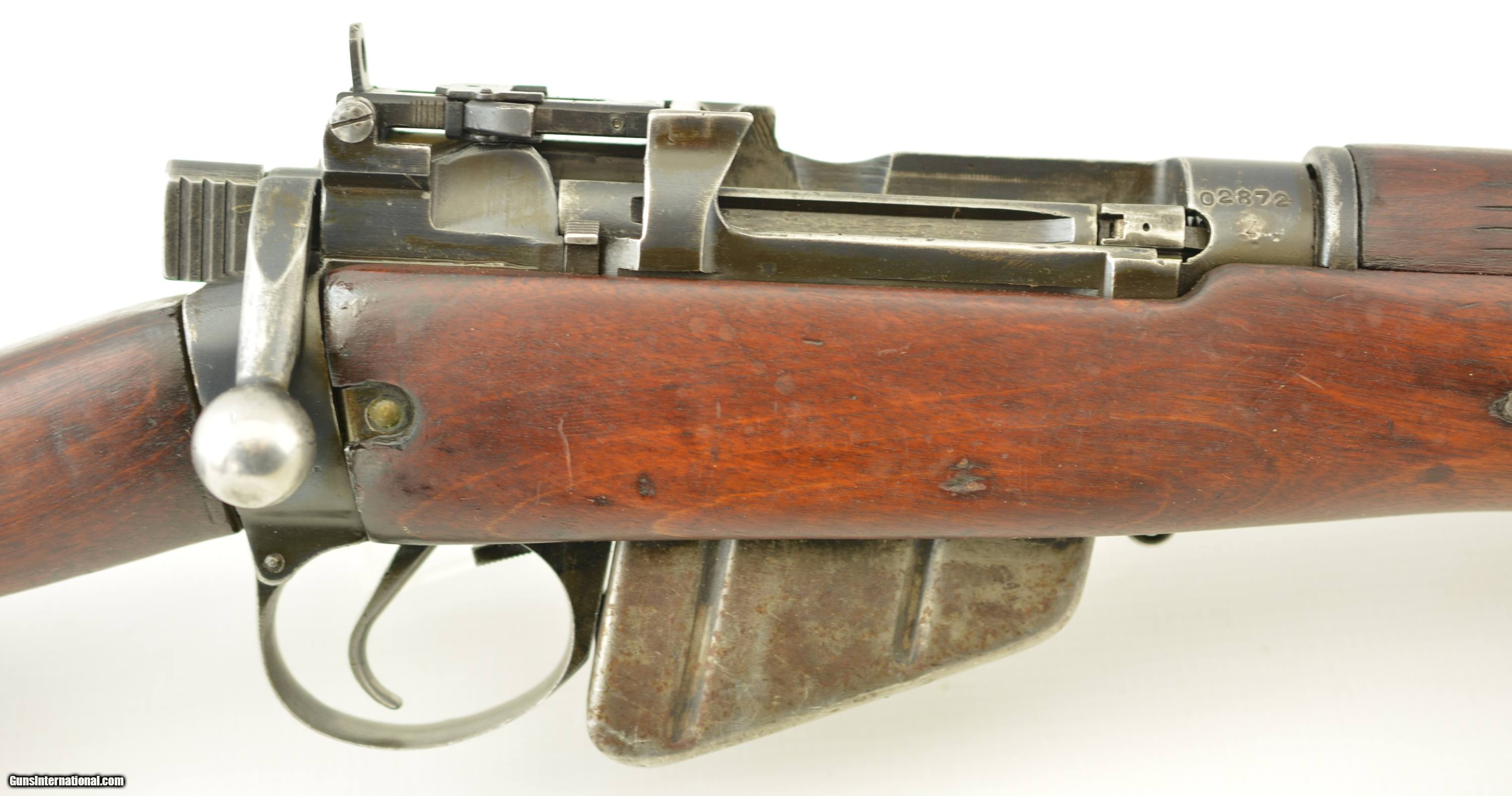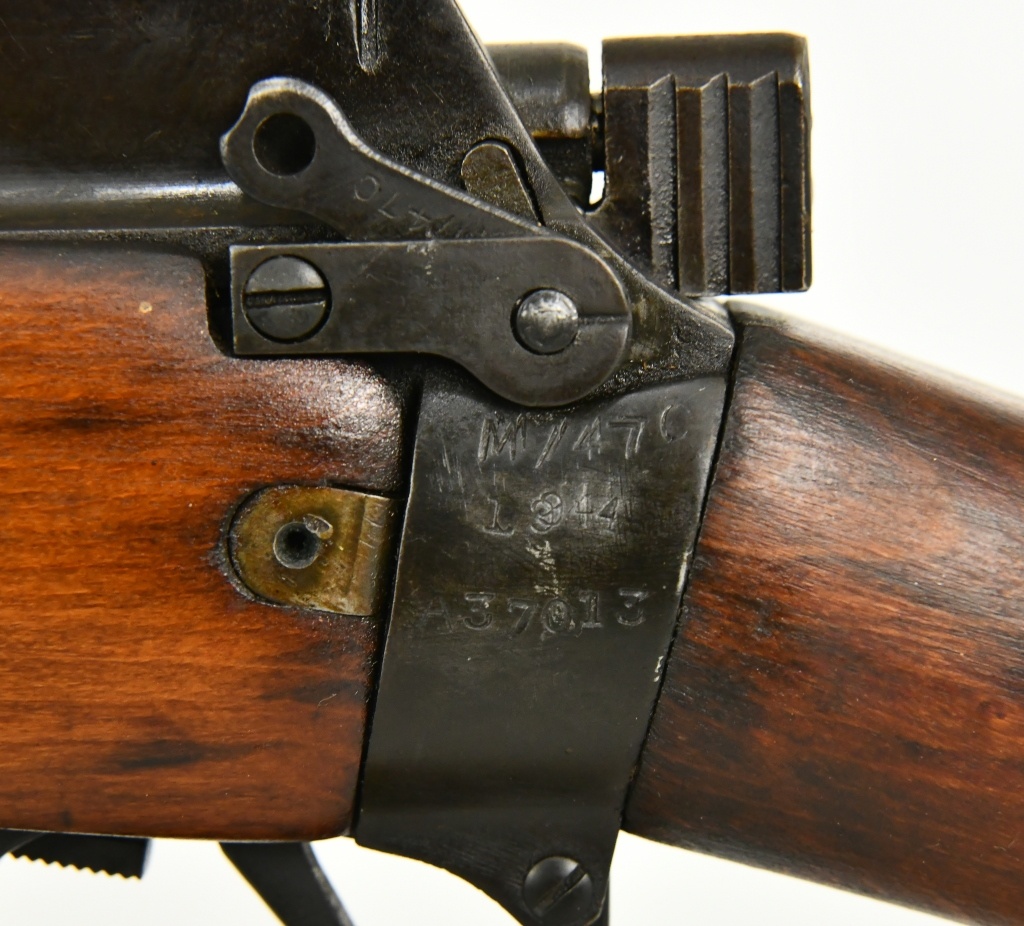
To protect the privacy and security of winners, names will not be made public. Winners must respond within 30 days of receiving notification or an alternate winner will be selected. Winners will be notified by certified mail on official letterhead. (III) Giveaway winner(s) chosen by random drawing. Employees and agents of Publishers’ Development Corp. (II) Limit one (1) entry per household multiple entries will disqualify entrants. Deployed military should use stateside address. Mail-in entries accepted send postcards (no envelopes) to: GUNS Magazine, GOM April 2022, P.O. All entries must be received by giveaway end date. None of these changes made the rifle more graceful or better looking but they did improve function and most importantly, saved time and resources. 4 Mk 1 was made only in America and Canada and featured an additional simplification omitting two parts and some machining operations that allowed the bolt to be removed from the receiver by aligning the bolt head perfectly with a gap in its guide slot along the side of the receiver.
#Enfield no4 mk1 serial numbers plus
4’s improvements included: a stiffer, heavier, barrel and redesigned handguard allowing it to free-float for most of its length exposure of the last 2" of muzzle to which a new spike-style bayonet was directly attached an increased sight radius and more effective aperture-type rear sight mounted on the rear of the receiver plus an overall simplification of the manufacturing process to increase production efficiency and lower unit cost by reducing the number of machining operations and replacing some expensive forgings with stamped sheet metal parts. The speed of operation was further enhanced by placement of a turned-down bolt handle just behind the trigger (most bolt handles were straight and in front of the trigger) and the decision to have the bolt cock on the long, forward-chambering-stroke instead of the short, upward opening-stroke used in all other turn-bolt designs. It was faster than front-lug bolt actions because it needed 30 percent less bolt rotation to open and close it, and less travel for loading and ejection. From the start in 1888 with the Lee-Metford, the American-designed, rear-locking-bolt, turn-bolt action was the race car of the small arms world with its fast working speed and 8-shot, box-magazine. 4 Lee-Enfield story is it was Great Britain’s supremely practical evolution of the most promising of the world’s first-generation, small-bore, smokeless powder, bolt-action repeating-rifles (their own Lee-Metford) and the best battle rifle of World War I, the Short Magazine Lee-Enfield (SMLE) No.

In fact, in the 1980s, Soviet troops fighting in Afghanistan faced Mujahideen fighters armed with the No.

It continued to serve many second-rate nations well into the 1970s and insurrectionist guerillas long afterward.

4 played a major role in defeating the Axis powers and remained their service rifle until fully replaced by the FAL in the 1960s. In the hands of British, Commonwealth and colonial soldiers, the No.


 0 kommentar(er)
0 kommentar(er)
